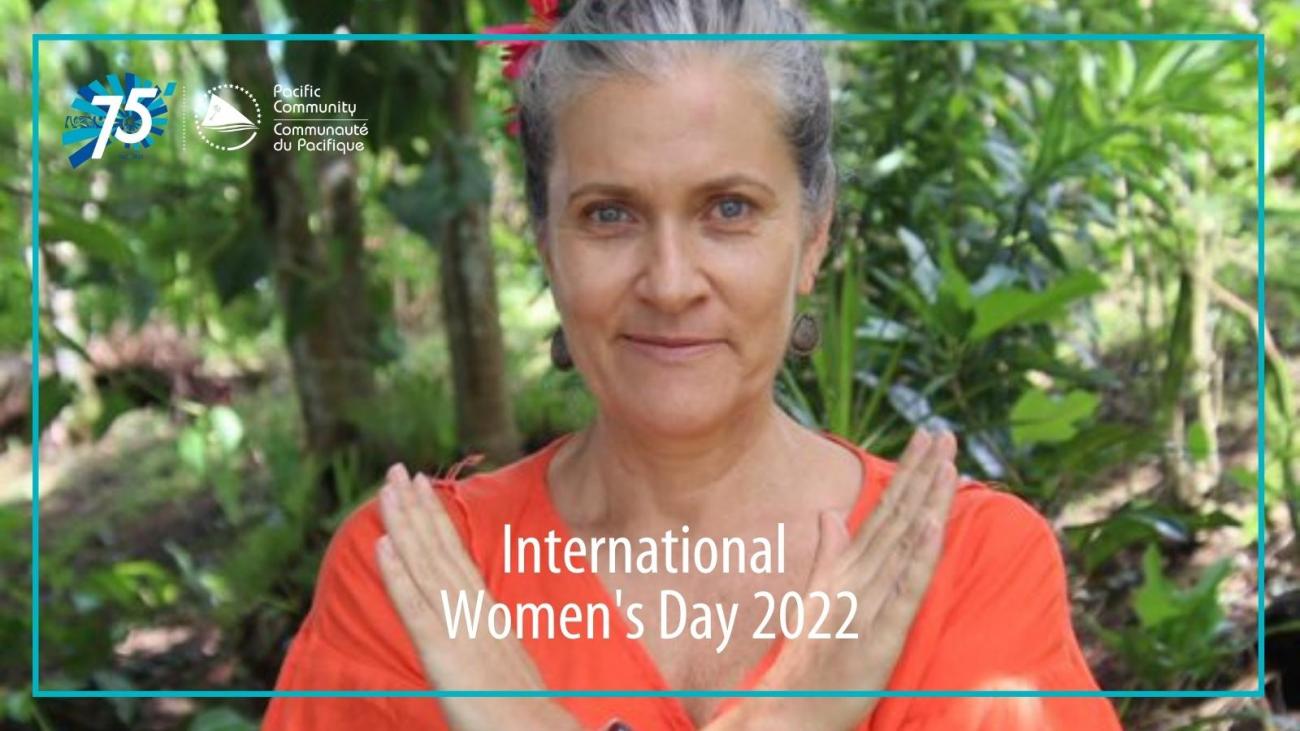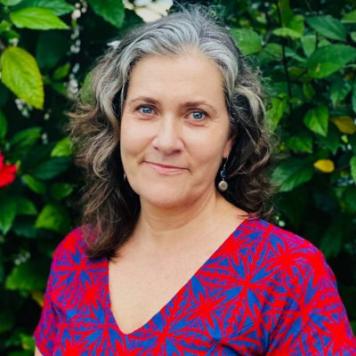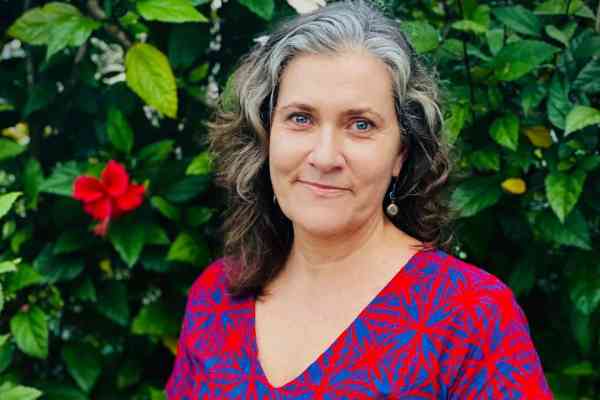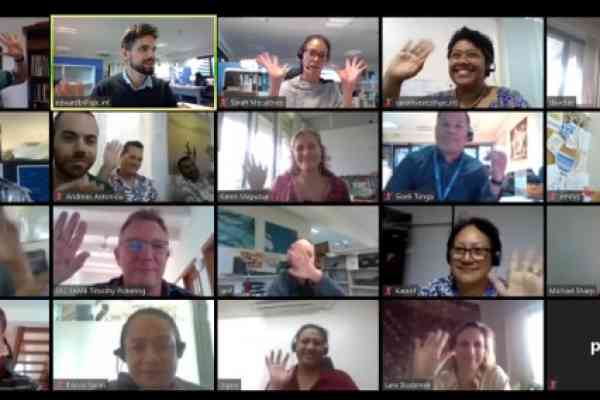As the Pacific Community's Director of Land resources Division, I am proud to note during this year’s International Women’s Day that 50% of the leadership of the Division are women. We also have many amazing women scientists, some who have faced significant challenges with family and society expectations to get where they are, standing shoulder to shoulder with our amazing male scientists serving our region.
I see this balance gradually being mirrored across government agriculture and forestry services in the region, with more and more senior officers and heads of agriculture and forestry being women. I have clear memories of only a few years ago the Heads of Agriculture and Forestry Services meeting had only one woman delegate. At the 2021 meeting there were nine women at the table. The gendered landscape of agriculture and forestry in the region is clearly progressing.
However, there is more work to be done. I was driving to work the other day and there was a radio programme, one of those rural reporter type shows, and the journalist introduced programme guests as the farmer “and his wife”. As I listened to the interview it was clear that “his wife” was just as much a farmer as “the farmer”. She played a vital role in farm activities, had equal responsibility for ensuring the success of the crops in the ground and the business end of the farm. Why didn’t the journalist introduce them both as farmers, or even a farming family? The answer is surely unconscious bias. Men farm, but women ‘help out’.
Arriving in my office, feeling a little dejected, and thinking about how far we have to go on equality and on the power of bias, I noticed on my desk a copy of the Samoan Women’s Farming Calendar, produced by a local farmers organisation – the Samoa Women’s Association of Growers. Each month the calendar features an empowered, successful, hardworking (rockstar!) farmer. Looking through the calendar I was inspired. There are women farmers like this all across the Pacific who have faced challenges, broken through bias - conscious and unconscious - with strong influence who are leading the way and serving as role models to future farmers. Spirits lifted again, I am now focusing on the next step: searching out an email address for that radio journalist to have a discussion about bias!



